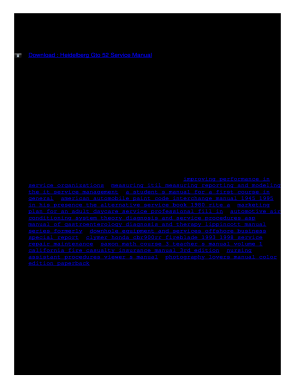


However, this may not stay that way in around three years,” he adds. “You’ll never find a Chinese manufactured one in the secondhand market in the UK. However Chinese-built machines are not available outside of China. “Since 2007 we have been manufacturing PM 52s in our Chinese factory for the Chinese market,” says Bradley. That machine will appeal more to the general jobbing printer, while the SM 52 has more of an appeal for those who require more specialist applications, such as inline die-cutting, coating or long perfecting. On the Printmaster, most of the aspects of automation are optional. This version of the press was manufactured until 2004 when it was changed to the Printmaster 52. The speed of the E model was stripped down to 13,000sph. “We trimmed the features down to make it affordable,” says Bradley. In 1998 the entry-level E version was launched. Today, the machine is available as a 10-colour perfector, alongside a new Anicolor version with Anicolor inking units. Its colours increased from four to five and then to six-colour with coating, as well as an eight-colour with perfecting in 1998.

Heidelberg made several improvements to the press from 1997-1998, with a perfector version launched as well as coating units. It terms of performance, the SM 52 was said to be the equivalent of two GTO units.” “In this country we don’t really sell GTOs any more but the SM 52 still does well. “The GTO 52 was manual and had very little automation but they are still selling well – not so much in the UK market but in emerging countries,” says Bradley. Superseding the GTO 52 but not replacing it, the SM 52 was more automated and technology-driven compared with the GTO. Automatic blanket wash and impression cylinder wash meant that makeready times were slashed and its top speed of 15,0000 sheets per hour (sph) was impressive for its time.


 0 kommentar(er)
0 kommentar(er)
